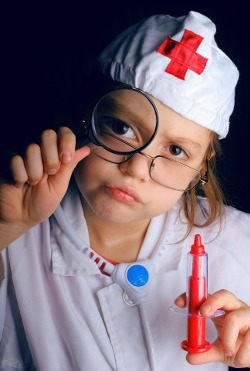Which Medications are most recommended for Children and Teens with Migraine?
These specific recommendations come from the American Academy of Neurology and the American Headache Society. A helpful summary was published at Practical Pain Management.

As with many such studies, the recommendations come from the level of “confidence” that we have based on the results of clinical trials. For example, as we’ll see under “preventatives”, amitriptyline (Elavil) is “high confidence” as a preventative, but propranolol (Inderol) is “low confidence”. That doesn’t necessarily mean that amitriptyline is amazing and the best or that propranolol is useless. It does mean that our data for propranolol is a lot more limited – although so far it looks quite promising.
Before even getting to medication, the article (Ask the PharmD: What are the recommendations for preventing and treating pediatric migraine?) quite rightly points to lifestyle changes. We could add to that other treatments, including biofeedback and certain supplements. It’s tempting to look at the most recommended medications and think that these are the most recommended treatments – that’s not the case. With children, as with adults, there are some excellent treatments that you’ll probably want to try before any regular medications (especially preventative medications).
So let’s start with abortive medications – which drugs are most recommended to stop a migraine attack once it’s started? Remember, this is different with every child, but at this point the most recommended include triptans – but not any triptan. Most recommended are zolmitriptan, and then sumitriptan. Also the combination of sumitriptan and naproxen. However, these are only recommended for ages 12 and up (many medications simply haven’t been adequately studied in younger children).
Ibuprofen is also recommended, and is the #1 choice for younger children (6 months and older).
Sumitriptan/noproxen and zolmitriptan were also recommended for the related symptoms of photophobia and phonophobia – that is, sensitivity to light and noise.
If the symptoms are serious and frequent, and other medications haven’t worked sufficiently, preventatives may be tried.
For preventatives, as mentioned earlier, amitriptyline was the “high confidence” choice, with topiramate sneaking in under “moderate confidence”. These were only listed for ages 10-17.
Remember, preventatives should be far down the list of things to try. Steady doses of medication and their side effects are not to be rushed into. Check this article for other reasons to be less than optimistic about preventatives for children: New Study Questions Preventative Migraine Drugs for Kids
Remember, these recommendations do not automatically mean that they’re the best choice for you or your child. If other medication has been tried but these have not, it’s probably a good place to start. But it will be worth the trouble to investigate other non-drug treatments, many of which have been very helpful for children and teens.
For more details, take a look at the article at Practical Pain Management, especially the last section.
